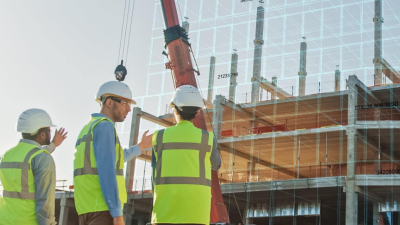
New technologies to improve health and safety performance
Discovering Safety joins forces with Safetytech Accelerator to build a Smarter Regulation Sandbox.
This page is approximately a 2 minute read
This page was published on
A design for safety culture takes a holistic approach to understanding the influences that affect safety. Such influences are varied and take into account the broader environment within which design operates, including complex interactions, behaviour and culture. It goes beyond traditional design methods and focuses on the goal of a safer design.
In this Foresight Review, design for safety is applied to both mature industries (which have many years of experience and a good understanding of risks and how to reduce them) and emerging industries (that use new technologies requiring new ways of controlling risk which may not yet be known or understood). An example of an emerging risk is the Internet of Things (IoT), which enables the rapid innovation of new products which generate data. This data is widely shared across the internet and the risks associated with this are as yet not fully understood by the public.
A culture of design for safety goes beyond legislation, regulations and standards, which all play an important role for established products and services, but their limited scope often leads to missed opportunities to enhance safety by taking a broader perspective.
This Foresight Review explores how implementing design for safety requires an understanding of the challenges and the methods to address them, bringing together multidisciplinary teams with the relevant skills and a collaborative approach of 'designing with' rather than 'designing for'. This can be achieved through an internationally diverse community that works together to identify and share best practices.
If you wish to use and reference the Foresight Review on Design for Safety, please include the following DOI: https://doi.org/10.60743/w8y2-dd34.
Example Citation in Harvard Style:
Lloyd's Register Foundation (2018) Foresight Review on Design for Safety. Lloyd's Register Foundation. doi: 10.60743/W8Y2-DD34.
This review explores how a culture of design for safety can enhance the safety of the world around us. (PDF, 3.81MB)
